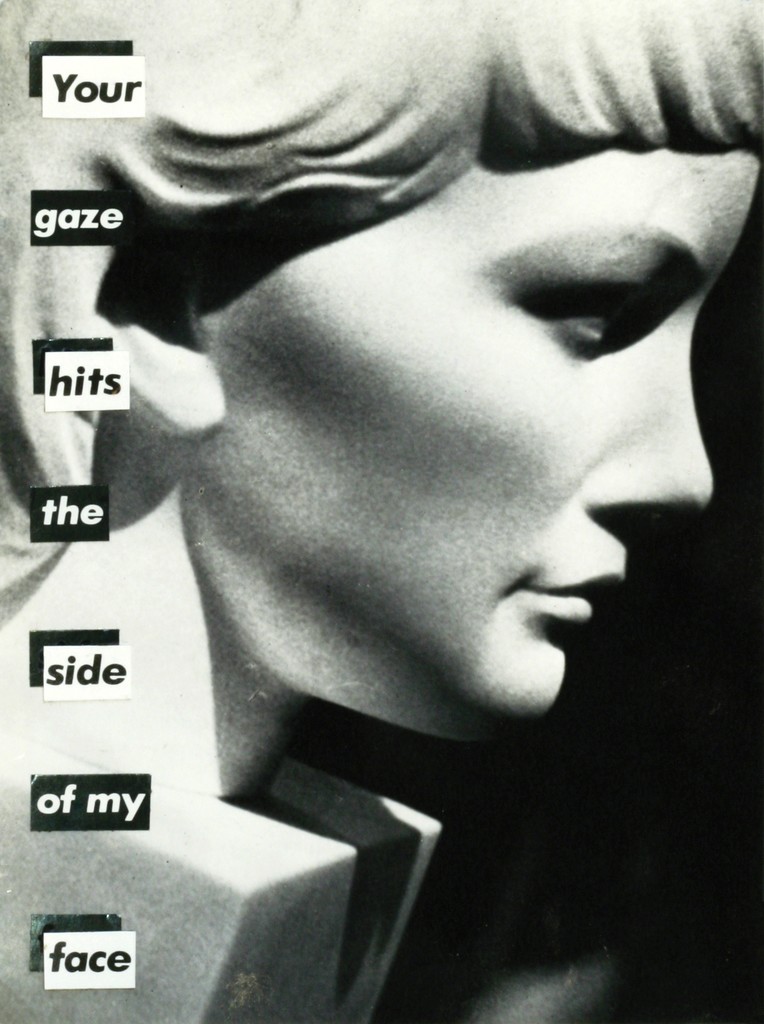 |
| "Yellow Calla" 1926 by Georgia O'Keeffe |
 |
| "Self Portrait with Amber Necklace"1906 by Paula Modersohn-Becker |
It
was the real-life experiences that made the crafting of many artists of this
time genuine and outspoken. Paula Modersohn-Becker was also a famous artist whose
art was a clash between modernist ideology and social reality. Social reality
was portraying women in a fantasy such as privileged or wealthy, trying to sell women by
their youth, beauty, and fashion. However, she was 1 of the 2 first women artists to work extensively
with the nude female form and her paintings collude with and challenge
narratives that view women as controlled. Her painting “Self Portrait with
Amber Necklace 1906” presented the female not only naked by looking out with
bold possession but also a half smile to the viewer. It was apparent that her work strayed away from a basic portrayed painting,
especially from a woman. This art speaks different because it is hardly the
ravished female model relegated to the background. You can tell that Becker
developed a powerful style of primitive art which allowed her to create a range
of expressionist compositions, primarily portrait art. Furthermore, Frida Kahlo
spoke with her art and one of her famous paintings “The Broken Column” was made
after a trolley accident she experienced where she expressed consciousness of
her own vulnerability.
Women artists have been
instrumental in the development of its main themes because they were the ones
targeted in history. The male culture was obviously more dominated in art by portraying
women to be weak which influenced not only artists but many women throughout
society. Some women were politically engaged, while others embraced philosophical
or theoretical models. Modernism’s feminism in the arts from the beginning were
committed to exposing the assumptions underlying many of the beliefs that
defied vanguard art. Furthermore, Chadwick mentions how modernism had a complex
relationship between feminist practices which shaped modernism as well as
dominant cultural forms. However, post modernism differed because it was used
to characterize the breaking down of the unified traditions of modernism. Post
modernism was also expressed through photography, abstract painting collage,
drawing, constructive sculpture, installations, public art which were less
traditional art making methods.
 |
|
Untitled
(Your Gaze Hits the Side of My Face) 1981 by
(Example of a less traditional art work during Post-Modernism)
|
|
|
Women were committed to political
activism and evolving their work through the images they displayed. It differed
from modernism because it drew heavily on existing representations than inventing
new styles. It also derives its imagery from mass media or popular culture. For
example, an art piece, “Untitled 1979” by Cindy Sherman reveals the instability
of gender, and challenges the idea that there might be an innate, unmediated
female sexuality. Sherman does this by “exposing the fiction of a real woman
behind the images that Western culture constructs for our consumption in film
and advertising media.” (Chadwick 383) Cindy Sherman was an artist who did self-portraits, but never revealed anything about
herself in those. Moma’s website has all the collection of “untitled” on
their website representing post modernism focuses attention on the ways sexual
and cultural differences are produced and reinforced.
 |
| “Untitled” 1979 by Cindy Sherman |
References:
Chadwick, Whitney. Women, Art, and
Society. 5th ed. New York, N.Y.: Thames and Hudson
The Guerrilla Girls' Bedside
Companion to the History of Western Art. New York: Penguin, 1998. Print.
By: Hena Rana

No comments:
Post a Comment